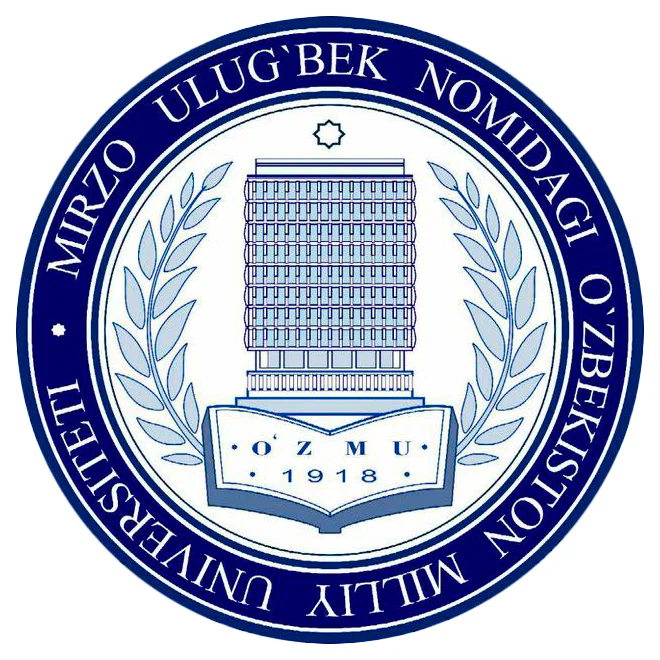Optical properties of 2D Dirac materials (BeN4, IrN4, MgN4, PtN4 and RhN4): a density functional theory study
Abstract
Using density functional theory calculations, the optical properties of recently discovered 2D Dirac materials BeN4, IrN4, MgN4, PtN4, and RhN4 were examined. The study revealed that the metallic components significantly influence the electronic and optical properties of these materials. For instance, the absorption spectra of the experimentally synthesized material BeN4 can be increased by more than three orders of magnitude in the broad spectral range by substituting Be atoms with other metallic atoms such as Rh. This enhanced absorption is attributed to the substantial contribution of the metal atoms to the density of states of the system. Other optical parameters, such as refractive index and reflectivity, are also modified by the replacement of metal atoms. These findings highlight the possibility of manipulating the optical properties of such low-dimensional materials through metal atom substitutions.
Keywords:
About the Authors
List of references
K. S. Novoselov, A. K. Geim, S. V. Morozov, D. Jiang, Y. Zhang, S. V. Dubonos, I. V. Grigorieva, and A.A. Firsov, Electric Field Effect in Atomically Thin Carbon Films, Science 306 (2004) 666-669.
S. A. Yang, Dirac and Weyl Materials: Fundamental Aspects and Some Spintronics Applications, Spin 6 (2016) 1640003.
T. O. Wehling, A. M. Black-Schaffer, and A. V. Balatsky, Dirac materials, Advances in Physics 63 (2014) 1-76.
M. Bykov, T. Fedotenko, S. Chariton, D. Laniel, K. Glazyrin, M. Hanfland, J. S. Smith, V. B. Prakapenka, M. F. Mahmood, A. F. Goncharov, A. V. Ponomareva, F.c Tasnádi, A. I. Abrikosov, T. Bin Masood, I. Hotz, A. N. Rudenko, M. I. Katsnelson, N. Dubrovinskaia, L. Dubrovinsky, and I. A. Abrikosov, High-Pressure Synthesis of Dirac Materials: Layered van der Waals Bonded BeN4 Polymorph, Phys. Rev. Lett. 126 (2021) 175501.
K. S. Novoselov, A. K. Geim, S. V. Morozov, D. Jiang, M. I. Katsnelson, I. V. Grigorieva, S. V. Dubonos, A. A. Firsov, Two-dimensional gas of massless Dirac fermions in graphene, Nature 438 (2005) 197-200.
S. Cahangirov, M. Topsakal, E. Akturk, H. Sahin, S. Ciraci, Two- and One-Dimensional Honeycomb Structures of Silicon and Germanium, Phys. Rev. Lett. 102 (2009) 236804.
M. Neek-Amal, A. Sadeghi, G. R. Berdiyorov, and F. M. Peeters, Realization of free-standing silicene using bilayer graphene Appl. Phys. Lett. 103 (2013) 261904.
S. Banerjee, R. R. P. Singh, V. Pardo, and W. E. Pickett, Tight-Binding Modeling and Low-Energy Behavior of the Semi-Dirac Point, Phys. Rev. Lett. 103 (2009) 016402.
G. R. Berdiyorov, B. Mortazavi, H. Hamoudi, Anisotropic charge transport in 1D and 2D BeN4 and MgN4 nanomaterials: A first-principles study, FlatChem 31 (2022) 100327.
B. Mortazavi, F. Shojaeib and X. Zhuang, Ultrahigh stiffness and anisotropic Dirac cones in BeN4 and MgN4 monolayers: A first-principles study, Materials Today Nano (2021) 100125.
H. J. Monkhorst and J. D. Pack, Special points for Brillouin-zone integrations, Phys. Rev. B 13 (1976) 5188.
F. Tran, and P. Blaha, Accurate Band Gaps of Semiconductors and Insulators with a Semilocal Exchange- Correlation Potential, Phys. Rev. Lett., 102 (2009) 226401.
M. J. van Setten, M. Giantomassi, E. Bousquet, M. J. Verstraete, D. R. Hamann, X. Gonze, and G.-M. Rig- nanese, The pseudodojo: Training and grading a 85 element optimized norm-conserving pseudopotential table, Computer Physics Communications 226 (2018) 39-54.
S. Grimme, Semiempirical GGA-type density functional constructed with a long-range dispersion correc- tion, J. Comp. Chem. 27 (2006) 1787-1799.
S. Smidstrup, T. Markussen, P. Vancraeyveld, J. Wellendorff, J. Schneider, T. Gunst, B. Verstichel, D. Stradi, P. A. Khomyakov, and U. G Vej-Hansen, QuantumATK: An integrated platform of electronic and atomic-scale modelling tools, J. Phys.: Condens. Matter 32 (2020) 015901.
S. Smidstrup, D. Stradi, J. Wellendorff, P. A. Khomyakov, U. G. Vej-Hansen, M-E. Lee, T. Ghosh, E. Jonsson, H. Jonsson, and K. Stokbro, First-principles Green’s-function method for surface calculations: A pseudopotential localized basis set approach, Phys. Rev. B 96 (2017) 195309.

This work is licensed under a Creative Commons Attribution 4.0 International License.

